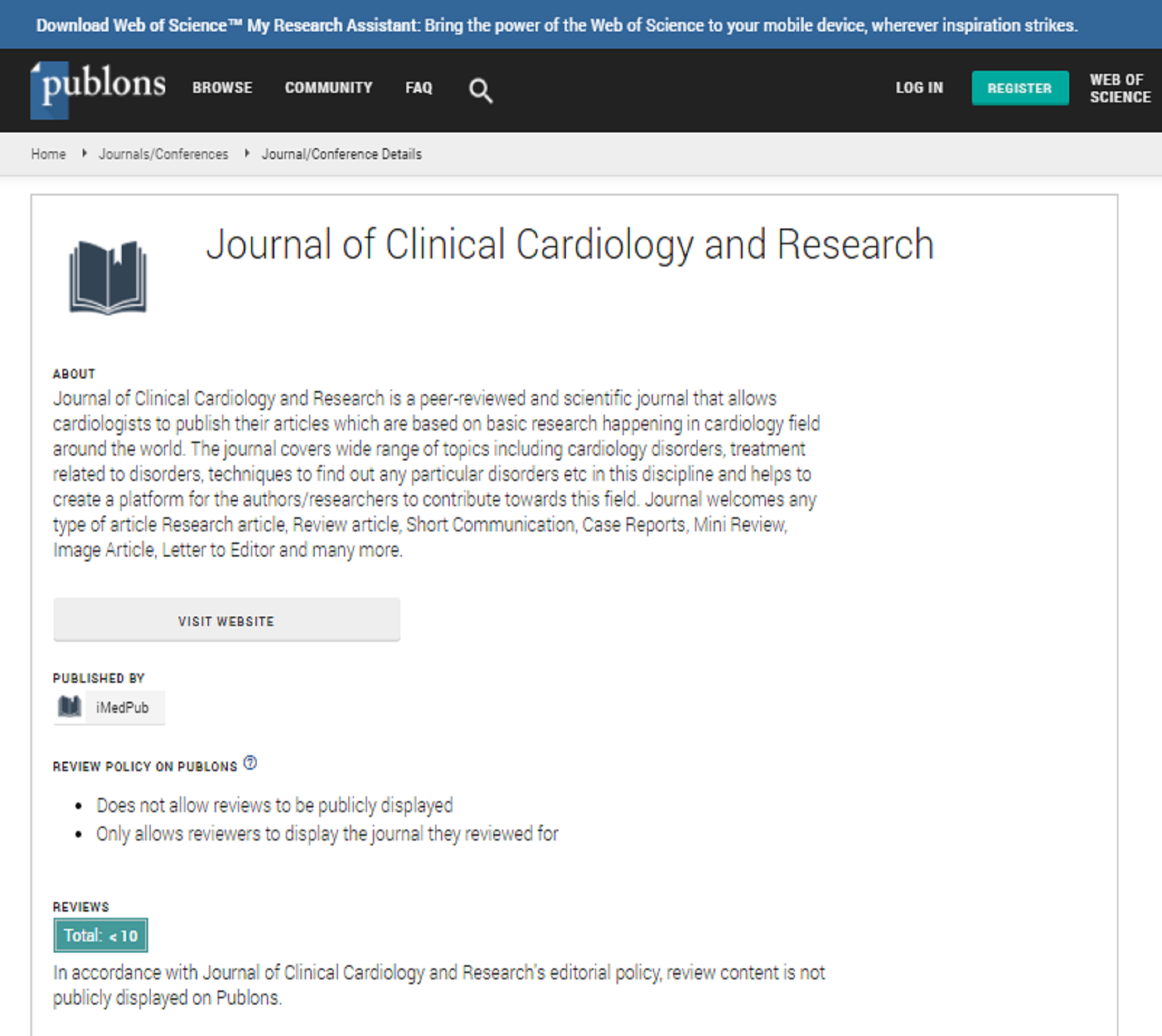Abstract
The effect 20 hydroxyeicosatetraenoic acid antagonism on myocardial infarction of metabolic syndrome rats
20-hydroxyeicosatetraenoic acid (20-HETE) is an eicosanoid metabolite of that has a wide range of effects on the vascular system such as collateral cell growth, the vascular rebuilding of the heart. Metabolic syndrome and 20-HETE have been shown to be correlated together. There is a higher concentration of 20- HETE in Metabolic Syndrome patients. With a higher concentration of 20-HETE patients with metabolic syndrome have symptoms that are more severe. The effect of elevated 20-HETE is negative and can influence cell growth after a myocardial infarction. Myocardial Infarction (MI) is another term for a heart attack. In previous studies, it shows an MI size increases with an elevated level of 20-HETE. During the study, the metabolic syndrome rats and a control group of rats will be induced with an MI for about 30minutes. After rats from both groups are given an MI and 20-HETE antagonist named 20-SOLA which counteracts 20-HETE levels will be given. 20-SOLA treatment was given to the rats at 48hours, 1 week and 8 weeks. The results indicated that the AMPK antibody for both total and phosphorylated showed a significant decrease in 48hour samples. 20-SOLA was found to create equilibrium in 20-HETE levels in all tissue samples and significantly more in JCR MI rats. 20-SOLA aided the decrease in ischemia for both rats, but again results indicate a more reliable significance in JCR MI rats. These findings are relevant to the epidemic of cardiovascular diseases plaguing populations globally
At the present moment; the most representative rat strain to study the metabolic syndrome seems to be the obese Zucker rats. These animals are mainly used as obesity experimental model, but they also present changes similar to those seen in human metabolic syndrome.
It is mainly caused due to stress, overweight, ageing and inactivity. It creates a cluster of problems like increased blood pressure, excess fat around waist and abnormal cholesterol. Usually, a healthy lifestyle can prevent and cure this disease. Medication may be involved to manage the underlying conditions
Memoir:
Corinna Lozano is a junior and a second year in the Science Research program run through SUNY Albany. She is a member of peer leadership in which she is the secretary and the town of Pawling’s interact club. She is an active participant in soccer and dance team. When Corinna is out of school she enjoys spending time with her family and volunteering in her community. She is very dedicated to working hard in school and in her sports. She is very friendly and enjoys meeting new people through school programs. Pawling High School is a great environment in which has been bettered by her bright and cheery spirit. The teachers of Pawling High School all enjoy having her as she is super helpful when her fellow peers have a problem. She is currently working with her mentor on her research project that focuses on the effects of 20-HETE.
Author(s): Corinna Lozano
Abstract | PDF
Share This Article
Google Scholar citation report
Journal of Clinical Cardiology and Research peer review process verified at publons
Abstracted/Indexed in
- Google Scholar
- Publons
Open Access Journals
- Aquaculture & Veterinary Science
- Chemistry & Chemical Sciences
- Clinical Sciences
- Engineering
- General Science
- Genetics & Molecular Biology
- Health Care & Nursing
- Immunology & Microbiology
- Materials Science
- Mathematics & Physics
- Medical Sciences
- Neurology & Psychiatry
- Oncology & Cancer Science
- Pharmaceutical Sciences

